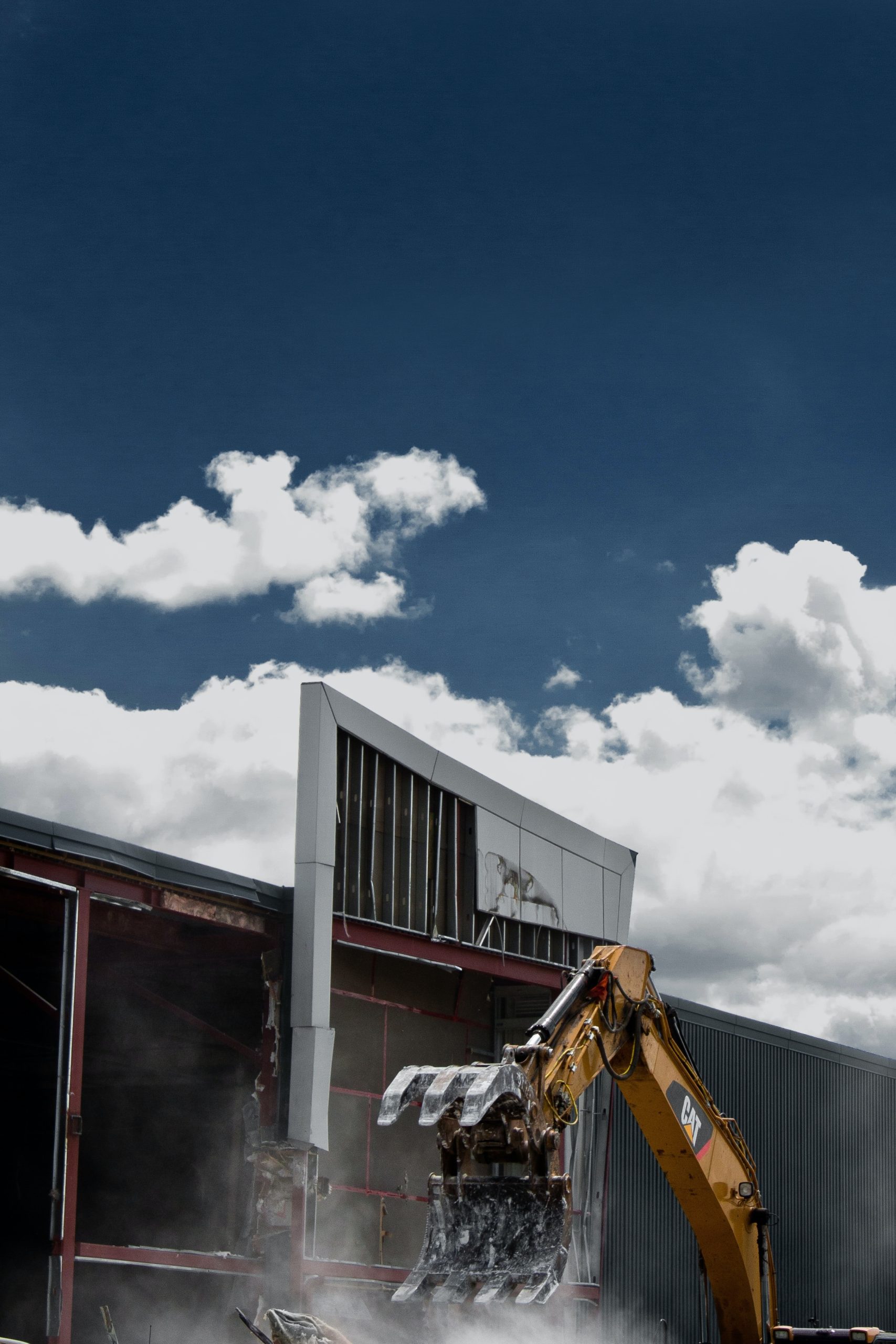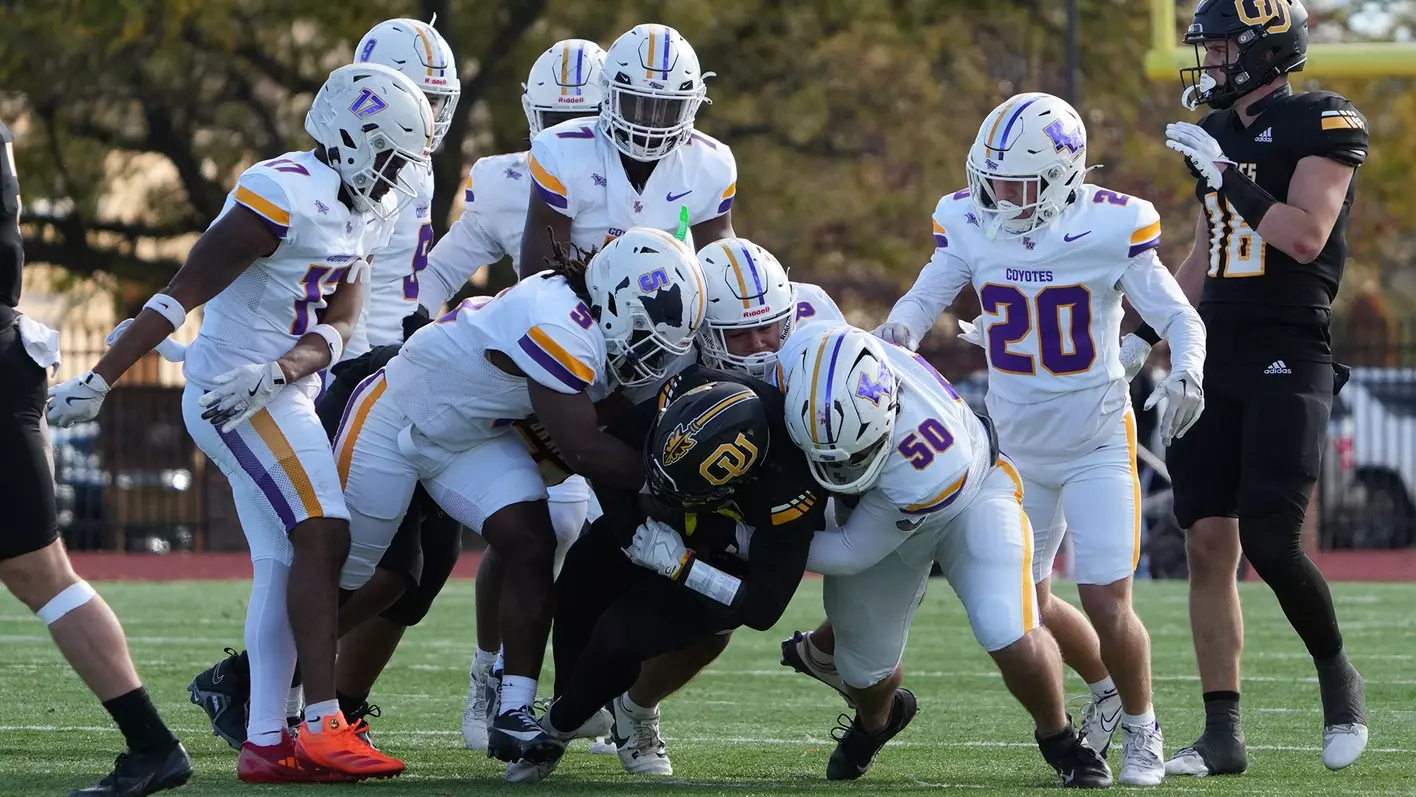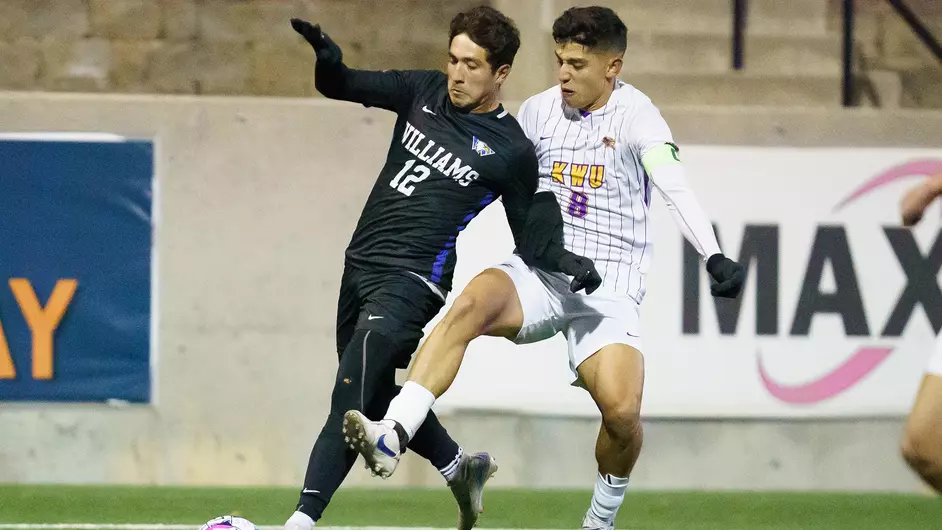The Kansas Board of Regents allocated $16.5 million appropriated from the state treasury to turn to rubble 500,000 square feet of obsolete buildings on university campuses.
After the dust clears from removal of those 20 buildings, officials said, the work would eliminate an estimated $80 million in deferred maintenance obligations.
“This amount … that we’re really going to be saving Kansas taxpayers, I think would be good information for communities to have,” said Blake Flanders, president and CEO of the state Board of Regents. “Every time we talk about taking buildings offline there is always groups that have a lot of nostalgia about the building.”
A preliminary list of nearly 40 state university buildings tagged for demolition in the future could lead to $250 million in cost avoidance on repairs to roofing, electrical, plumbing, heating, cooling and other systems that deteriorate over time, said Chad Bristow, director of facilities for the Board of Regents.
The active demolition list included the $3.4 million project to take down Kansas State University’s natatorium and gymnasium — closed in 2020 due after receiving “D” and “F” condition grades — standing adjacent to Ahearn Field House.
Unique art deco elements of the gym will be salvaged as the project continues into 2024, but creation of green space could provide $300,000 in operational savings. The field house will be stabilized and prepared for future renovation, K-State officials said.
The University of Kansas spent about $1.7 million to demolish the Oliver Residence Hall in January. Approximately $750,000 was budgeted to drop the Eleanor Taylor Building on the KU Medical Center campus in Kansas City, Kansas.
Elsewhere, Pittsburg State University earmarked $1.5 million to get rid of Shirk Hall. Wichita State University planned to use $750,000 to eliminate Brennan Hall, while Emporia State University has dedicated $1 million to collapse Butcher Educational Center, which housed the now-closed campus childcare center.
Kansas lawmakers approved budget legislation providing $10 million to university demolition projects in each of the past two fiscal years, and the Board of Regents requested $10 million for the upcoming fiscal year.
On the construction side of the ledger, Bristow said the Kansas Legislature and Gov. Laura Kelly authorized appropriations of $41 million in the last fiscal year from the educational building fund for university building improvements. The universities spent $37 million of that annual allocation. Collectively, the universities have saved $47 million in building fund dollars for projects in the planning stage.
“That carryover amount is committed,” said Bristow, the Board of Regents’ facilities director. “There is also a small amount of that that’s tagged for emergencies. When you have a lot of deferred maintenance, you have a lot of surprises. It wouldn’t be prudent to not have some money set aside for emergency issues.”
He said the educational building fund provided one-third of the resources needed by state universities to deal with building maintenance on nearly 500 mission-critical buildings. The university campuses have 1,149 facilities in use, but 498 were identified as essential for academic, research and support services. Fifty percent of these critical buildings were constructed more than 50 years ago.
Absent supplemental appropriations for renovation or demolition, Bristow said, the university system’s current building maintenance backlog of $1.3 billion could grow to $5 billion by 2041.
“Just spending the EBF amounts for the next 20 or 30 years results in a significant increase in the backlog of building system needs,” Bristow said.
Wint Winter, a Lawrence member of the Board of Regents, said dedicating significant state funding to building maintenance was important to the universities. He cautioned, however, students and faculty across the state had needs beyond bricks and mortar.
“We can’t spend all of our increased funding just for building maintenance,” Winter said. “We have an obligation to identify all the unmet spending needs in the universities.”
_ _ _
Story by Tim Carpenter via Kansas Reflector
Photo by Scott Rodgerson on Unsplash



